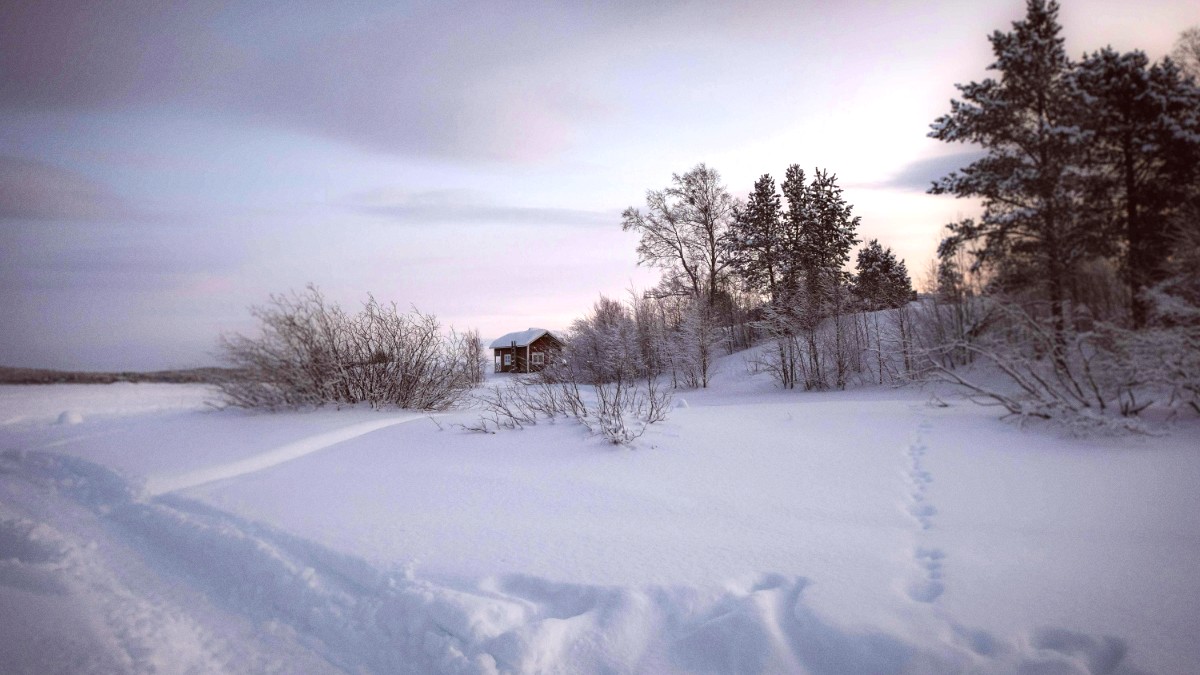
Lapland, Finland
Inari's cuisine mirrors Sámi culture, Finnish traditions, and the local availability of game, fish, berries, and mushrooms. Local food represents a heritage of living off the land in challenging conditions.
Regional differences appear in preparation methods or specific local recipes. Sámi cuisine, with its focus on reindeer, fish, and foraged goods, remains strong in Inari due to its Sámi cultural significance.
Booking dinner is a good idea, especially in popular restaurants during high season.
Punctuality is valued.
Tipping is not customary or expected. Service charges are always included in the bill.
Thinly sliced reindeer meat, fried with butter and served with mashed potatoes, lingonberry jam, and often pickled cucumbers.
A quintessential Lapland dish, found at most local restaurants.
A creamy salmon soup with potatoes, carrots, and dill. This comforting and popular dish.
Graavilohi or Kylmäsavulohi (cured or cold-smoked salmon) often serves as an appetizer.
A mild, fresh cheese, traditionally from cow's beestings, often served with cloudberry jam.
Kalakukko, a fish baked inside a rye bread crust, sometimes appears.
A light, airy dessert porridge made with lingonberries.
Often served with Leipäjuusto or pancakes. Korvapuusti (cinnamon buns) are a classic Finnish pastry.
Tradition Hotel Kultahovi Restaurant Aanaar showcases high-quality Sámi-inspired cuisine using local ingredients.
Restaurant at Hotel Inari offers traditional Lappish and international dishes.
K-Market Inari, the local supermarket, features a deli counter with ready-to-eat meals and groceries for self-catering.
No dedicated food halls or large daily markets exist. Occasional food stalls might appear during local events.
Street food culture remains not prominent in Inari.
Check the Inari tourism website for specific event calendars featuring local food.
Culinary showcases can be part of seasonal festivities.
Fresh wild mushrooms and berries are highlights.
Hearty stews and reindeer dishes gain popularity.
Glögi (mulled wine), gingerbread, and traditional dishes.
Lighter fare, often featuring fresh fish.
Many restaurants are aware of common allergens like gluten. Inform staff when ordering.
Grocery stores stock gluten-free products.
Similar to gluten-free, options are often available upon request.
Lactose-free products are common in grocery stores.
Consider purchasing groceries for customized meals, especially for unique dietary requirements.
Access local produce, though seasonal availability changes.
In winter, some tour operators or hotels might set up temporary ice restaurants or bars as part of an experience.
Some cultural venues or specific tours highlight traditional Sámi meals.
During daytime excursions, meals often feature hot drinks and local snacks around an open fire.
A common inclusion in guided safaris.
If on a fishing trip, your catch might be prepared immediately by the guide over a fire.
A truly fresh and local culinary moment.
When dining, appreciate the deep connection between Lapland's food and its unique environment.
Be open to trying new, wild ingredients unique to the Arctic region.
Always inform restaurant staff of any allergies or dietary restrictions when ordering.